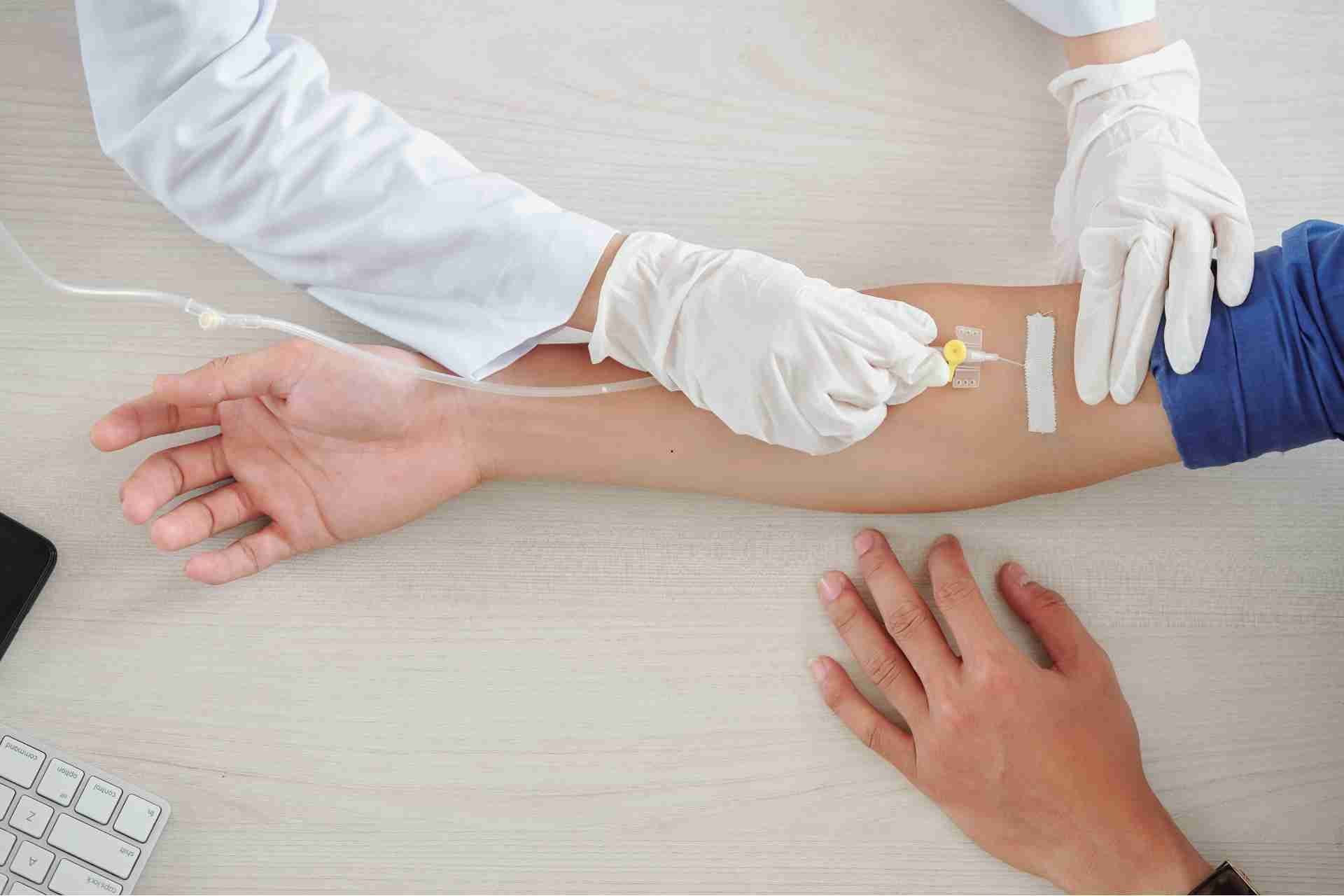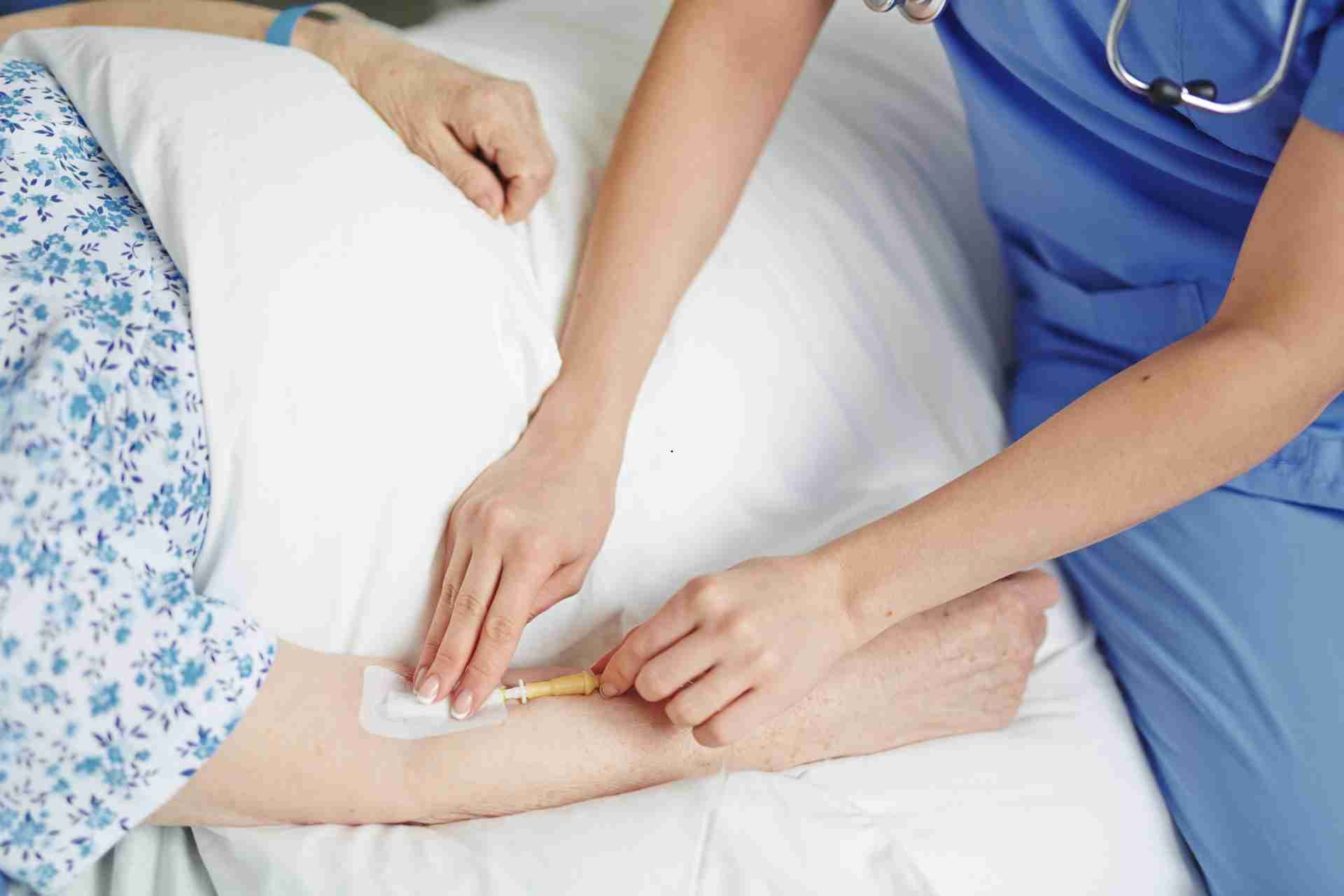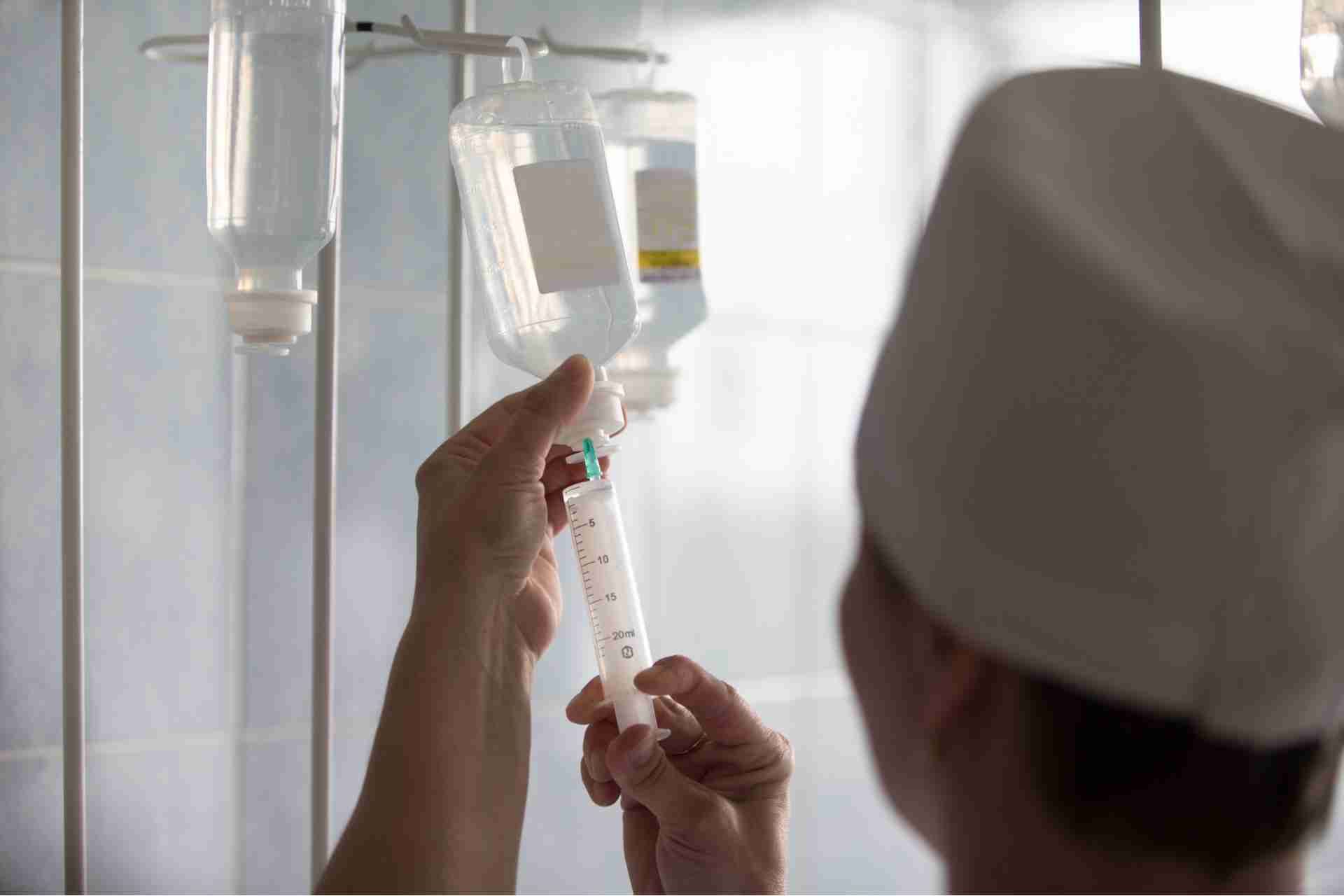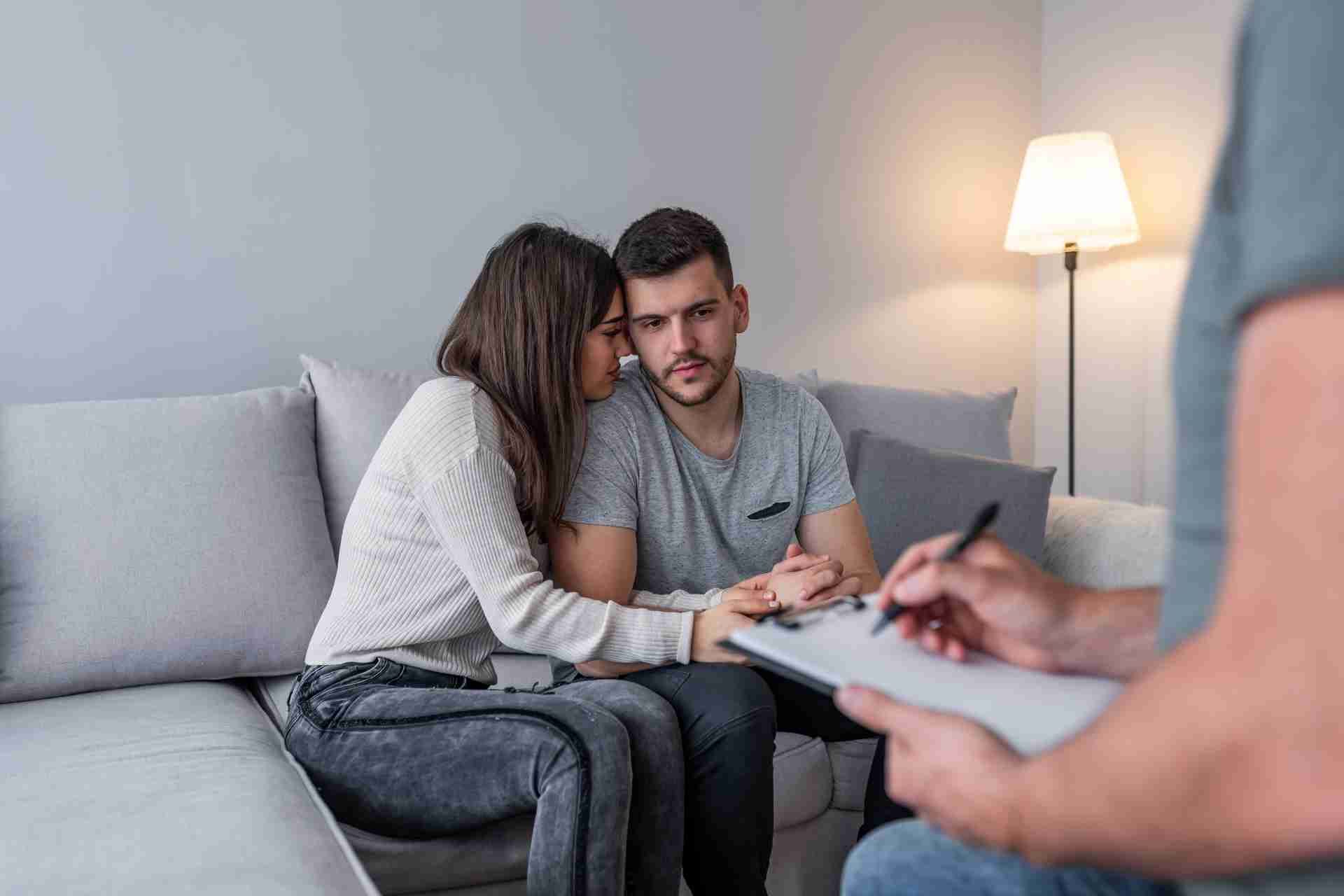Can you have PTSD but not have all the symptoms?
Can You Have PTSD Without Experiencing All the Symptoms? Understanding Variations in Post-Traumatic Stress Disorder
Post-Traumatic Stress Disorder (PTSD) is a complex psychological condition that can manifest differently in individuals who have experienced traumatic events. While PTSD is typically characterized by a specific set of symptoms, it is possible for someone to have PTSD without experiencing all of them. In this blog post, we will explore the variations in PTSD symptoms and delve into the concept of partial PTSD. By understanding the nuances of PTSD presentations, we can develop a more comprehensive understanding of the disorder and provide appropriate support and treatment for individuals who may not exhibit the full spectrum of symptoms.
Understanding the Core Symptoms of PTSD
- Re-Experiencing Symptoms: Discuss the symptoms related to re-experiencing the traumatic event, such as flashbacks, nightmares, and intrusive thoughts.
- Avoidance Symptoms: Explain the avoidance behaviors associated with PTSD, including avoiding triggers, places, or people that remind the individual of the trauma.
- Negative Mood and Cognition Symptoms: Address the negative changes in mood, distorted beliefs, self-blame, guilt, and difficulties in memory and concentration that individuals with PTSD may experience.
- Arousal and Reactivity Symptoms:
Discuss the heightened arousal symptoms, such as hypervigilance, exaggerated startle response, irritability, and difficulty sleeping.
Partial PTSD: Symptoms and Implications
- Definition of Partial PTSD: Introduce the concept of partial PTSD, which refers to individuals who exhibit some, but not all, of the required symptoms for a full PTSD diagnosis.
- Factors Contributing to Partial PTSD: Explore possible reasons for the variations in symptom presentation, including individual differences in coping mechanisms, resilience, severity of the trauma, and other psychological factors.
- Partial PTSD and Subthreshold Symptoms: Discuss how individuals with partial PTSD may experience subthreshold symptoms, which fall below the diagnostic criteria for a full PTSD diagnosis but still impact their daily functioning and well-being.
- Impact on Diagnosis and Treatment:
Explain the implications of partial PTSD on diagnosis and treatment approaches. Highlight the importance of comprehensive assessments by mental health professionals to identify and address the specific symptoms and needs of individuals with partial PTSD.
Variations in PTSD Symptom Clusters
- Differences in Symptom Severity: Discuss how individuals with PTSD may experience varying degrees of symptom severity within each symptom cluster (re-experiencing, avoidance, negative mood and cognition, arousal/reactivity). Some may have more pronounced symptoms in one cluster while showing fewer symptoms in others.
- Symptom Patterns Over Time: Explain how PTSD symptoms can change and fluctuate over time. Some individuals may initially present with a subset of symptoms and later develop additional symptoms, while others may experience improvement or a decrease in symptom intensity.
- Comorbid Conditions:
Address the possibility of individuals with partial PTSD experiencing comorbid conditions, such as depression, anxiety disorders, or substance use disorders. These additional conditions can further complicate the symptom profile and treatment approach.
Seeking Help and Treatment Options
- Sleep Disturbances: Address the prevalence of sleep disorders among individuals with PTSD, such as insomnia, nightmares, and sleep apnea, and how these disturbances contribute to a cycle of fatigue and worsened mental health.
- Substance Abuse and Addiction: Discuss the correlation between PTSD and substance abuse as individuals may turn to drugs or alcohol as a coping mechanism. Explain the risks of developing addiction and the subsequent impact on physical and mental well-being.
- Chronic Health Conditions:
Explore the potential links between PTSD and increased vulnerability to physical health problems, such as cardiovascular issues, autoimmune disorders, and gastrointestinal disturbances, due to the prolonged activation of the body's stress response system.
The Need for Support and Treatment
- Importance of Seeking Support: Encourage individuals experiencing partial PTSD symptoms to seek professional help and support. Assure them that their experiences are valid and that treatment options are available.
- Individualized Treatment Plans: Highlight the significance of individualized treatment plans tailored to the specific symptoms and needs of the individual. Therapy modalities like cognitive-behavioral therapy (CBT), eye movement desensitization and reprocessing (EMDR), and medication may be employed based on the predominant symptoms.
- Holistic Approaches:
Emphasize the benefits of holistic approaches to healing, including self-care practices, stress management techniques, physical exercise, mindfulness, and support groups.
Conclusion
While PTSD is typically characterized by a specific set of symptoms, the experience of the disorder can vary among individuals. Partial PTSD, where individuals exhibit some, but not all, of the symptoms, is a valid presentation that requires attention and support. Understanding the variations in PTSD symptomatology is crucial for accurate diagnosis and effective treatment planning. By recognizing that individuals can have PTSD without experiencing all the symptoms, we can ensure that appropriate interventions are provided to address their specific needs and facilitate their journey toward healing and recovery.










